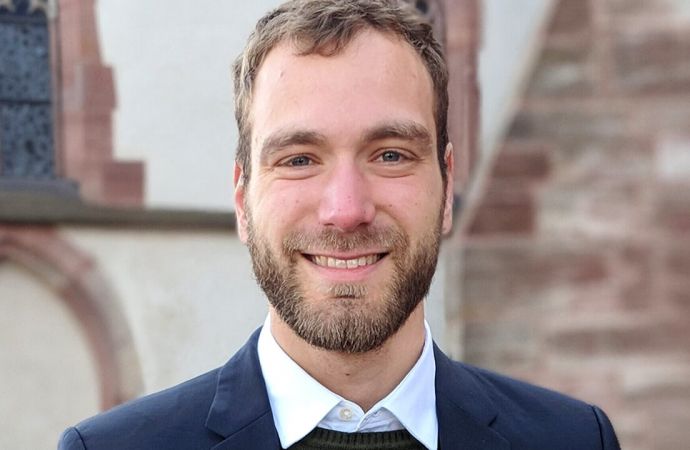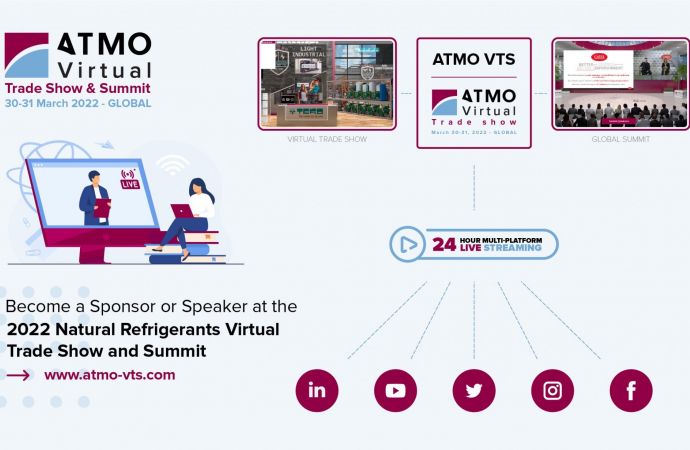Countries in Latin America are beginning to use the cooling-as-a-service (CaaS) payment model to finance natural refrigerant-based installations, a CaaS expert said last week at ATMOsphere America’s first Latin America day

Thomas Motmans of BASE
ATMOsphere America, organized by shecco, publisher of this website, was held online October 20-22, concluding with a Latin America-focused program in Spanish on October 22.
The CaaS servitization model works by having end users pay only for the cooling they actually use, without the need for a large up-front investment to buy equipment. The structure promotes the purchase of more efficient equipment that utilizes lower-GWP refrigerants.
“Many refrigerant gases being used have a very high GWP compared to CO2, but the positive news is that there are natural refrigerant-based technologies that are much more efficient, producing saving of 40-60%,” said Thomas Motmans, Sustainable Energy Finance Specialist at Swiss-based Basel Agency for Sustainable Energy (BASE), in his ATMOsphere America presentation. “However, there are some barriers that keep investors and end-users from investing in these solutions.”
BASE is the leader of the Cooling as a Service Initiative along with the Kigali Cooling Efficiency Program (K-CEP). The initiative aims to decrease energy consumption and greenhouse gas emissions (GHG) from cooling by promoting a pay-per-service mode to finance efficient cooling systems.
More information about the CaaS Initiative and its business models are available on its website.
Success in LATAM
With a successful CaaS project already in place in Colombia and another one now beginning in Argentina, Motmans emphasized that the model can work well for the region.
An air conditioning project in a commercial office building in Medellín, Colombia, has been running since 2017. The owners of the building are happy with the savings and are relieved to no longer have to worry about the system’s maintenance, according to Motmans.
For the parties involved the benefits of CaaS are clear. End-users do not have to invest in equipment or worry about maintenance; manufacturers can promote more advanced, efficient equipment; and investors can grow their “green” portfolio by investing in the model.
Motmans noted that by 2050, with the rise in global temperatures the energy required for cooling will triple, resulting in 30% of the world’s energy being consumed by this sector. He pointed out, however, that the HVAC&R market is valued at US$150 billion annually, leaving plenty of capital to be invested in clean, efficient cooling.
A CaaS Global E-Summit on the pay-for-service business model will take place online on December 1, from 8:30 am to 7 pm CET; it is free to attend.
Related stories



